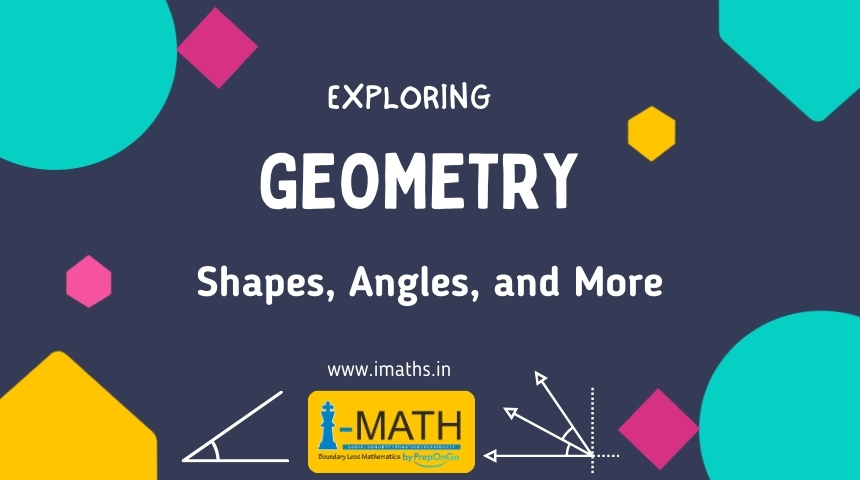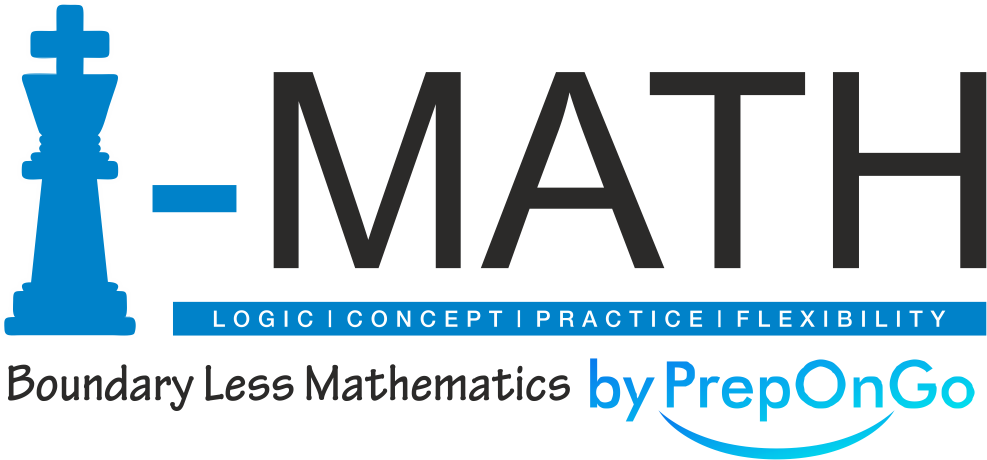Exploring Geometry: Shapes, Angles, and More

Geometry is a fascinating branch of mathematics that deals with the properties and relationships of shapes, angles, and other spatial concepts. For kids, exploring geometry can be both fun and educational. In this article, we’ll delve into the basics of geometry, including shapes, angles, and more, and provide engaging activities to help kids understand these concepts better.
Understanding Shapes
Shapes are the building blocks of geometry. Here are the primary shapes kids should learn:
- Triangles: These have three sides and three angles. They come in different types, such as equilateral (all sides equal), isosceles (two sides equal), and scalene (no sides equal).
- Squares and Rectangles: Both have four sides and four right angles. Squares have all sides of equal length, while rectangles have opposite sides of equal length.
- Circles: A circle is a round shape with all points equidistant from the center. Key concepts include the radius (distance from the center to the edge) and diameter (distance across the circle through the center).
- Polygons: These are multi-sided shapes, such as pentagons (five sides), hexagons (six sides), and octagons (eight sides).
Exploring Angles
Angles are formed when two lines meet at a point. Here are the basic types of angles:
- Right Angles: Measure exactly 90 degrees.
- Acute Angles: Measure less than 90 degrees.
- Obtuse Angles: Measure more than 90 degrees but less than 180 degrees.
- Straight Angles: Measure exactly 180 degrees.
Understanding angles is crucial for studying more complex geometric concepts.
Activities to Learn Shapes and Angles
Engaging kids in hands-on activities can make exploring geometry exciting. Here are some fun activities:
- Shape Hunt: Go on a shape hunt around the house or outside. Identify and count different shapes, such as circles (wheels), rectangles (doors), and triangles (roof gables).
- Angle Art: Create artwork using different angles. Have kids draw various types of angles and then incorporate them into a picture.
- Geoboards: Use geoboards and rubber bands to create different shapes and angles. This hands-on activity helps kids visualize geometric concepts.
- Building Blocks: Use building blocks to construct various geometric shapes. Discuss the properties of each shape as you build.
Geometry in the Real World
Connecting geometry to the real world helps kids see its relevance. Here are some examples:
- Architecture: Buildings and structures often feature geometric shapes and angles. Discuss how architects use geometry in design.
- Nature: Nature is full of geometric shapes, from the hexagons in honeycombs to the spirals in shells.
- Art and Design: Many art forms, including painting and sculpture, incorporate geometric shapes and patterns. Explore famous artworks and identify the geometric elements.
Interactive Tools and Resources
There are many online tools and resources that make exploring geometry interactive and fun:
- Interactive Geometry Software: Programs like GeoGebra allow kids to create and manipulate shapes and angles digitally.
- Educational Websites: Websites such as PrepOnGo and Math Playground offer tutorials and games focused on geometry.
- Geometry Apps: Various apps provide interactive lessons and quizzes on geometric concepts, making learning on the go easy and enjoyable.
Conclusion
Exploring geometry—shapes, angles, and more—can be a captivating journey for kids. By using engaging activities, real-world examples, and interactive tools, you can help children develop a solid understanding of geometric concepts. Whether through a shape hunt, angle art, or digital resources, these methods make learning geometry both fun and educational. Encouraging kids to explore geometry will not only enhance their math skills but also foster a greater appreciation for the world around them.




